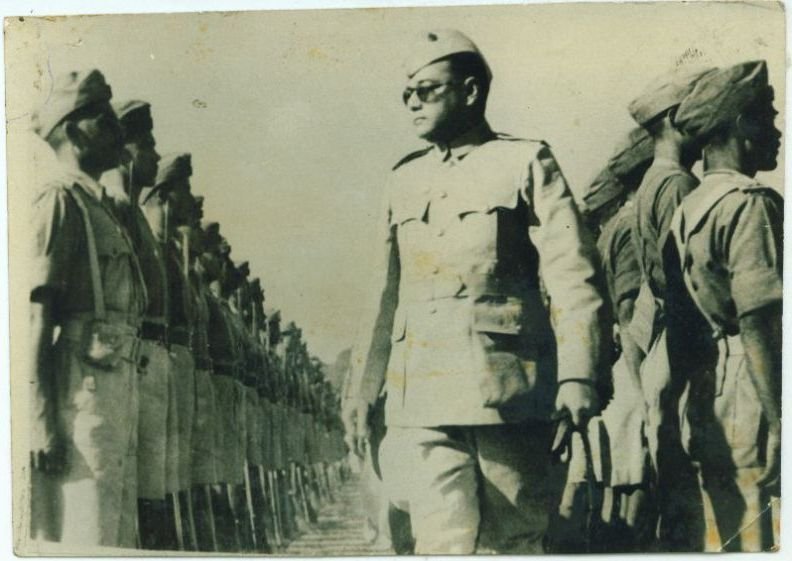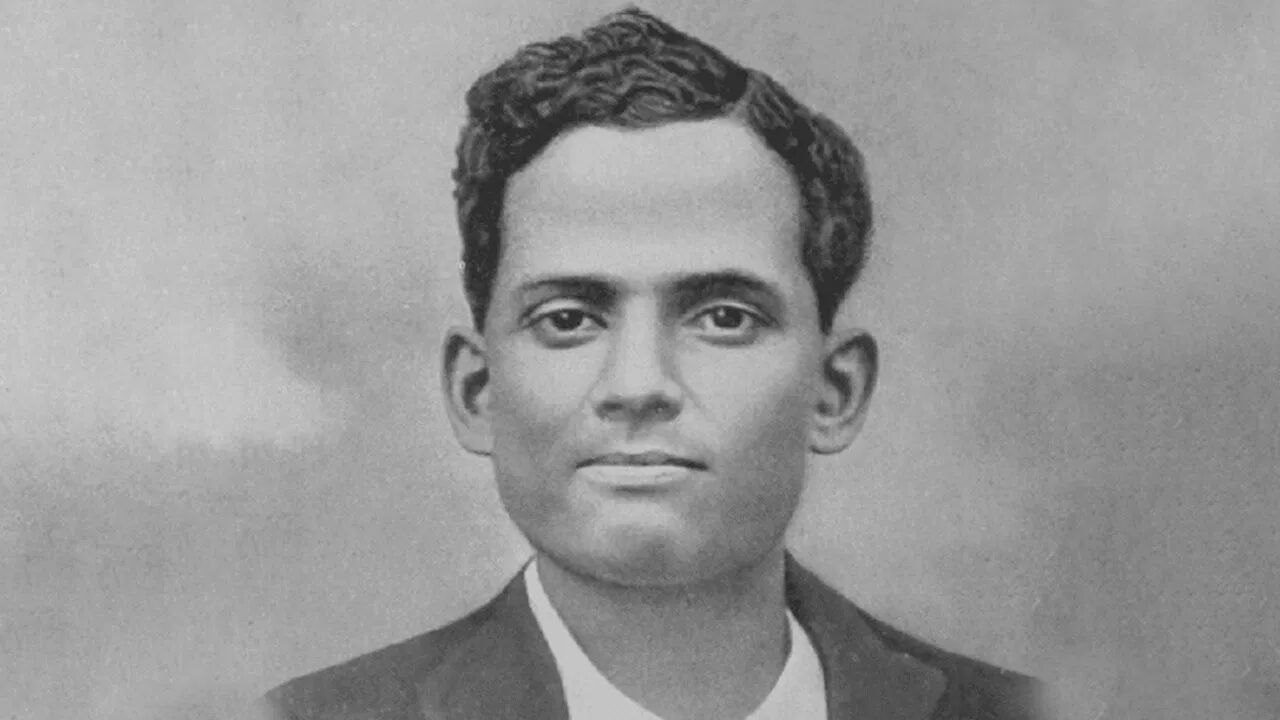India’s Secret Role in World War II: Spies, Soldiers& Stories the Empire Buried

-Hemangi maheshwari
We know the headlines of World War II by heart: Hitler’s rise, Churchill’s speeches, Normandy’s beaches, and Hiroshima’s shadows. But behind all that noise, far away from Europe and the Pacific, another war was brewing, quieter, stranger, and often missing from the history books.
This one unfolded in the heart of British India.
It wasn’t just about Indians fighting under a foreign flag. It was also about sabotage, secret agents, hidden radios, and women who swapped saris for rifles. It was about famine and frustration, whispers of mutiny, and a country slowly realising that the real enemy might not just be in Berlin, but in London.
Let’s peel back the layers of the war they didn’t want you to know India fought.
An Army That Didn’t Have to Fight, But Did Anyway
At the dawn of the war in 1939, India’s army was modest, barely 200,000 strong. But something unexpected happened. As the war dragged on, over 2.5 million Indians voluntarily enlisted, making it the largest volunteer army the world had ever seen.
Why? The reasons weren’t simple. Some were lured by pay, adventure, or honour. Others hoped that by fighting for the Empire, they might one day help dismantle it.
These men weren’t just guarding supply lines or peeling potatoes. They were in the thick of it, in El Alamein, pushing back Rommel’s elite troops in North Africa. In the frozen mountains of Italy, digging trenches through snow and blood. In Burma’s jungle hell, repelling Japanese advances with grit and guts.
The stories of their courage remain criminally under-told. Like the Sikh troops who held the Sittang Bridge against all odds. Or the Gurkhas, silent and relentless, clearing out enemy bunkers like shadows with khukuris.
The INA: Revolutionaries or Rebels?
Not every Indian fighting in WWII wore khaki for the Crown. In Southeast Asia, something radical was taking shape.
The Indian National Army (INA), a rebel army forged from captured British Indian soldiers, emerged under the fiery leadership of Subhas Chandra Bose. To many, Bose was a traitor. To others, a freedom prophet. But no one doubted his fire.
He allied with the Japanese, not out of love for fascism, but because he believed the enemy of his enemy might help him burn down the British Empire. “Give me blood,” he declared, “and I shall give you freedom.”
Thousands answered.
The INA marched through Burma, aiming for Bengal. They didn’t win in the traditional sense, poor planning, zero air support, and harsh terrain ensured that. But the symbolism was nuclear. Indian soldiers, fighting the Britishers while India was still technically British.
And when the INA officers were tried at the Red Fort after the war, the public didn’t turn away. They rallied. Protests exploded. Even British Indian soldiers, once loyal, began to rethink their place in the Empire.
The Rani Jhansi Regiment: Guns, Grit & Sarees
Now, let’s talk about a group that rewrote all the rules: the Rani Jhansi Regiment, an all-women’s combat unit under the INA.
These weren’t symbolic figures placed in photo ops. These women trained with rifles, threw grenades, mapped enemy routes. They lived in military camps, not mansions. And they were deadly serious.
Captain Lakshmi Sahgal, a doctor by profession, led the unit with discipline and defiance. But she wasn’t alone. Many unnamed women took on roles that would’ve scandalised colonial society, spies, saboteurs, scouts.
It was the first time many of them had stepped beyond household walls. And they didn’t just step, they stormed out. With each bootlace tied and gun loaded, they carved out a new identity. The kind that didn’t ask for permission anymore.
MI5, MI6 & the Empire’s Panic Button
While Axis and Allied armies clashed globally, another war, quieter, dirtier, was being waged in the shadows of India. The British, worried about revolution at home while fighting fascism abroad, unleashed their full spy arsenal.
MI5 and MI6 set up shop in Delhi, Bombay, and Rangoon. They hunted revolutionaries, intercepted radio signals from Japan and Germany, and kept tabs on “dangerous nationalists” who might flip the Empire from within.
One top-secret mission, Operation Tiger, aimed to cripple Bose’s radio network. It succeeded, barely. But the British knew they were chasing ghosts. The INA had sympathisers. The cities were boiling. And no amount of intercepted telegrams could mask the growing discontent.
The Bengal Famine: A War Crime Without Guns
While battles were fought with bullets, Bengal in 1943 fought a different war, against starvation. The famine wasn’t caused by natural disaster, but by wartime decisions made in air-conditioned rooms far away.
British policies, cutting rice imports, hoarding grain for soldiers, burning crops to prevent Japanese access, choked Bengal’s food supply. Over 3 million people died.
And when Churchill was asked to divert food ships to Bengal, his infamous reply was chilling: “Indians breed like rabbits.”
It wasn’t just an administrative blunder. It was an act of brutal indifference. The kind that made people lose faith in the idea of British ‘civilisation’ altogether.
Operation U-Go: When the War Came Home
In 1944, Japan and the INA launched Operation U-Go, an invasion into British India via Imphal and Kohima in the northeast. The goal? Shatter British defences, incite a rebellion, and open the gates of India.
What followed was some of the bloodiest jungle warfare of the war. In Kohima, Indian and British soldiers dug in around a tennis court. The fighting was so close that bullets tore through ration tins and backpacks.
The Allies eventually pushed back, but the invasion had rattled the Raj. The idea that Indian soldiers were now fighting against their colonial rulers? That was something the Empire had never planned for.
The American Base That Wasn’t Supposed to Exist
In the eastern corners of India, Assam, to be precise, locals still whisper about “Station Alpha.” Built by the Americans during WWII, this ultra-secret airbase was used to fly missions over Burma and China.
But that’s not where the mystery ends.
After the war, the base vanished. Literally. Bunkers sealed. Equipment pulled out. Trees replanted. Locals still talk about strange lights, humming from underground, and ruins that don’t show up on any official map.
Some declassified files suggest experimental aircraft. Others mention nuclear material. Conspiracy or cover-up? No one knows for sure. But something big was buried in those hills, and it wasn’t just concrete.
1946: The Navy Mutinies
By 1946, the war was over. But for Indian soldiers, especially the sailors of the Royal Indian Navy, peace didn’t bring peace. It brought insult. Low pay. Rotten food. And the same colonial arrogance.
One day in February, the sailors snapped.
In Bombay, ratings hoisted the tricolour and declared a mutiny. It spread like wildfire, to Karachi, Calcutta, and Madras. Ships rebelled. Barracks were locked down. Slogans of “Quit India” echoed across the docks.
The British crushed it quickly, but not quietly. They knew the writing was on the wall. When even their own uniformed men refused to salute, the Empire’s clock had run out.
A War Within a War
So yes, India was part of World War II. But not in the way we’re usually told. This wasn’t just a story of loyalty. It was a story of double agents, secret armies, rebellious sailors, and starving millions.
Some Indians fought for the British. Others fought against them. Many did both, at different times, for different reasons. But they all became part of something bigger: a strange, sprawling, unspoken war for freedom, waged in the shadows of a world already on fire.
The world remembers D-Day. India remembers Kohima. The world celebrates Churchill. India remembers the famine. And amid it all, millions of Indians, forgotten, unsung, carried a war on their backs, only to return home to a country that wasn’t free yet, but was no longer willing to wait.


